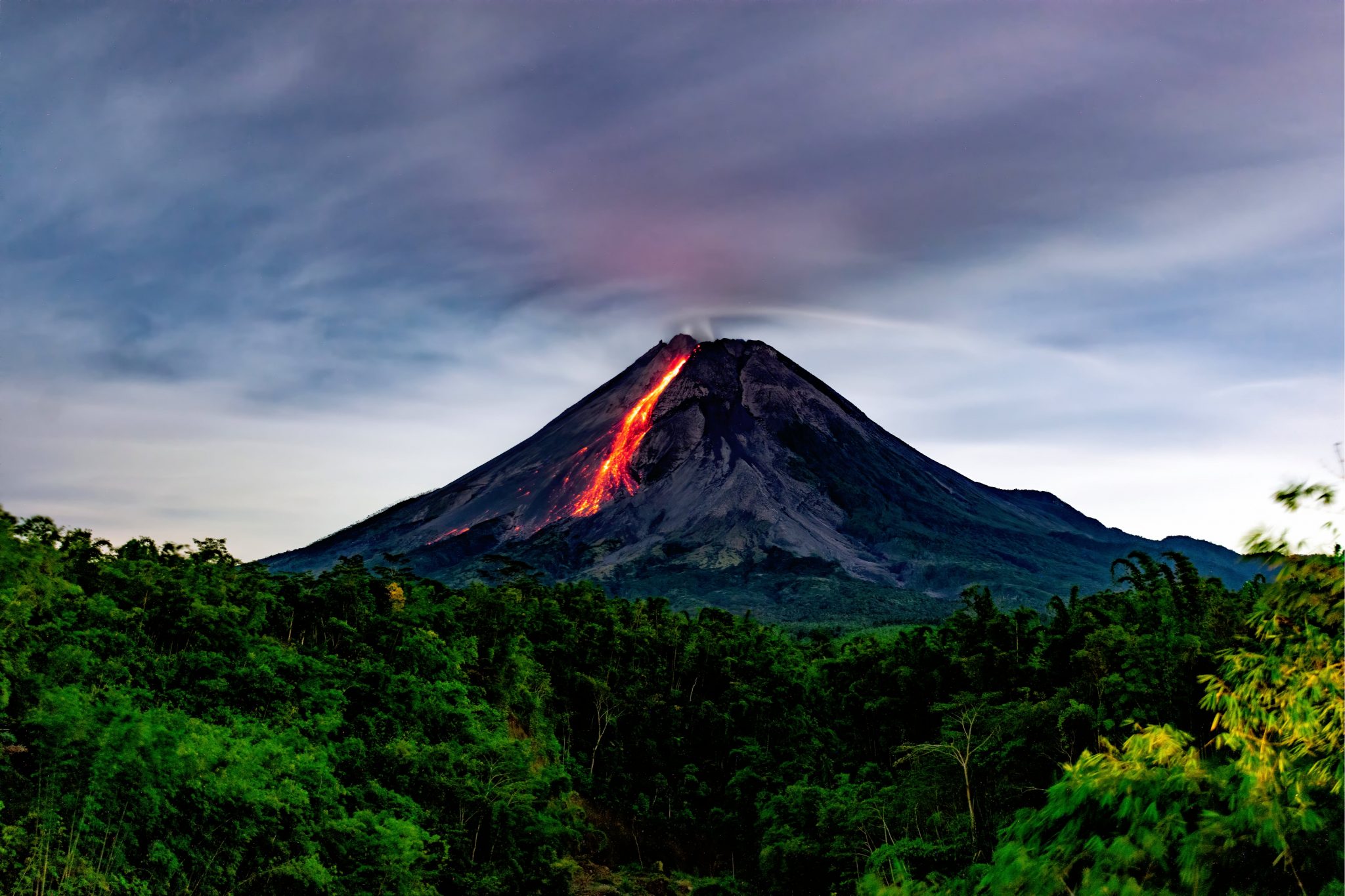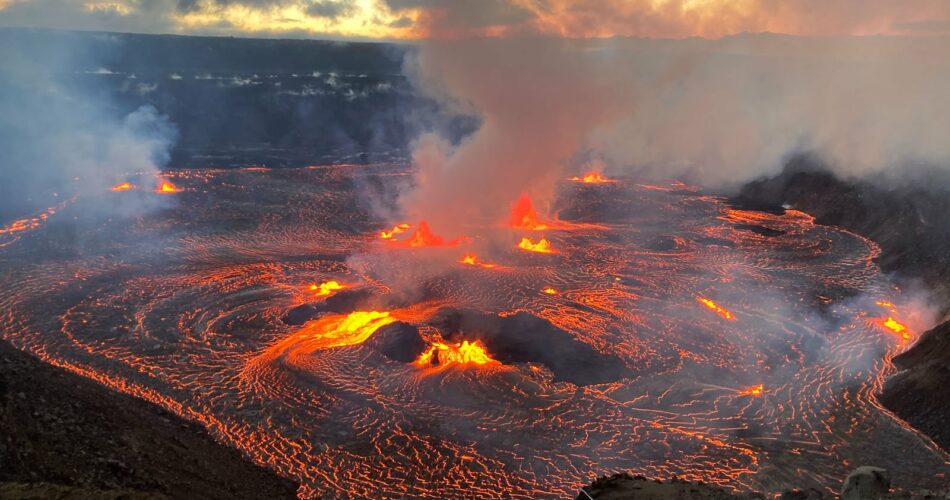Volcanoes, a.k.a murder mountains of death. They’re all over the place, like zits on a teenager’s face. Some are dormant and will never cause trouble. Others erupt on a regular basis but result in nothing more than a bit of smoke. However, from time to time, our civilization encounters an eruption so powerful that it completely wipes out entire cities, like the one in Pompeii in 79 A.D. years that killed around 2,000 people. Can something like that happen again? It will. It’s just a matter of time before another volcano wrecks havoc on humanity. But where? We’ll examine 7 candidates.
Mount Fuji, Japan
Containing the tallest peak in Japan, the biggest volcano in Japan hasn’t actually erupted since 1707, spurred on by an earthquake that had occurred earlier that year. The ash and debris managed to reach Tokyo. What had scientists concerned about is the lasting effects of the 2014 earthquake, which raised pressure below Fuji. If the volcano blows, the 25 million inhabitants of the surrounding area could be affected.

Mount Hood, Oregon
Mount Hood is the highest peak in the state and located around 90 minutes from Portland, the state’s biggest city. The volcano has been active intermittently over the past half a million years, with the last major eruption taking place around 300 years ago. The next eruption might not be powerful, but it could still cause serious problems in the surrounding area. Pyroclastic flows, ash clouds, and mudflows caused by collapsing domes could spell disaster.
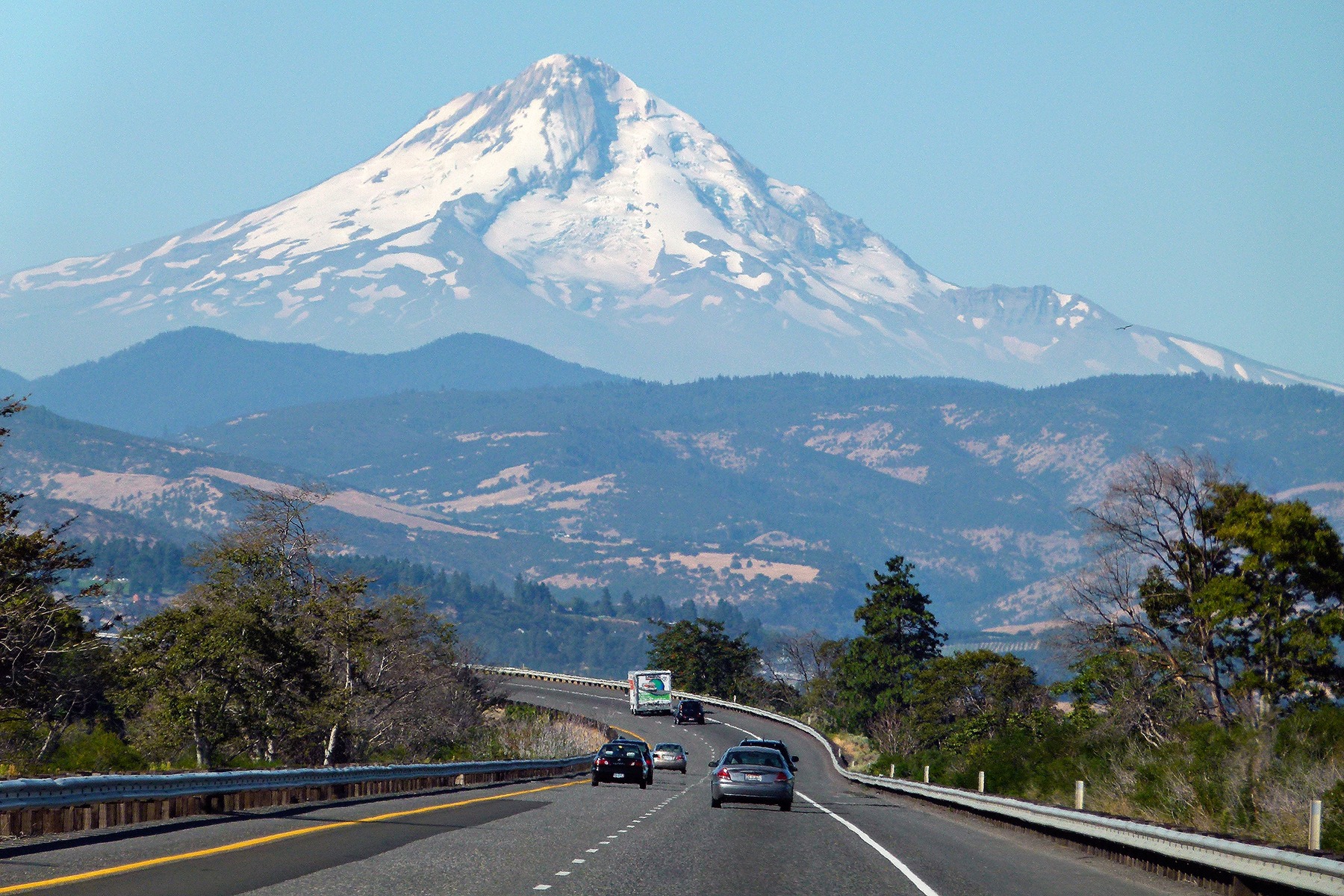
Mount Pinatubo, the Philippines
4,800 feet tall and located 55 miles northwest of the country’s capital of Manilla, Mount Pinatubo is a case study of how a seemingly quiet, inactive volcano can suddenly unleash its wrath on the populace. When it erupted in 1991 — for the first time in more than 600 years — it rained down ash and heavy rocks that led to the death of 700 people and left more than 100,000 homeless.
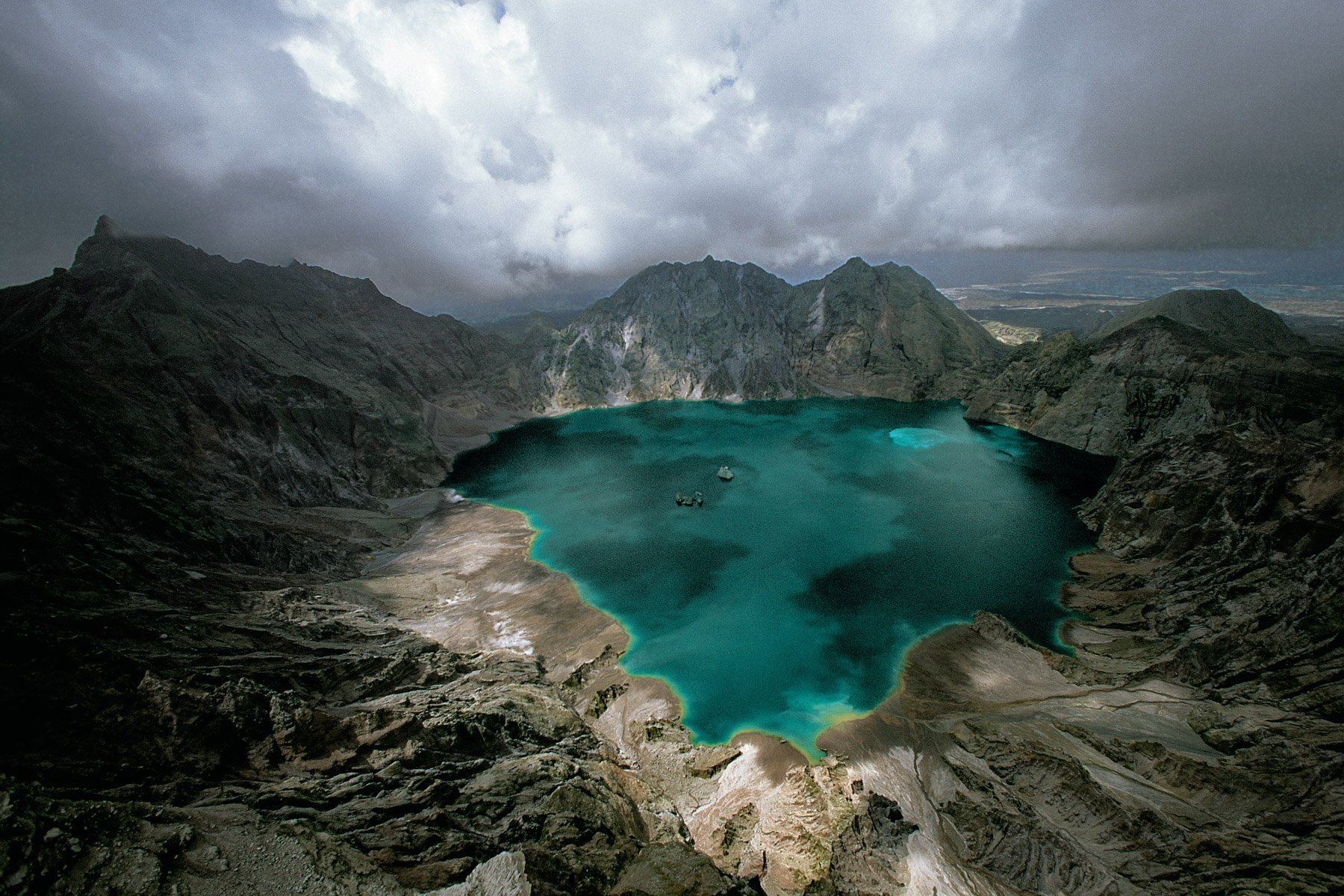
Kilauea Volcano, Hawaii
Kilauea is the most active of the five volcanoes on the Hawaiian islands. From 1983 until 2018, it erupted on a continuous basis, with a major eruption taking place that last year. Every major eruption leads to damage and the evacuation of the area communities. It has also triggered a few earthquakes over the years.
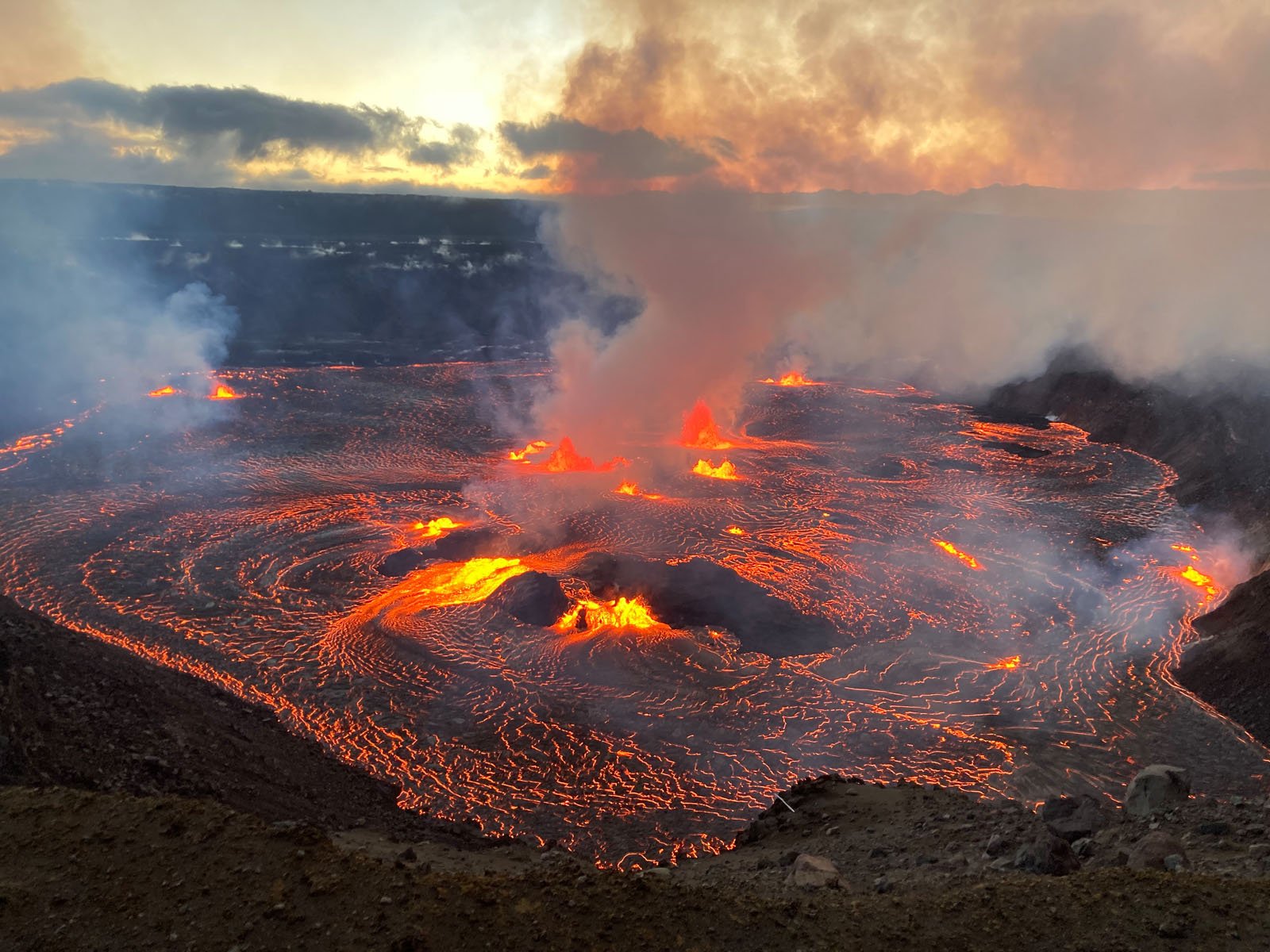
Coatepeque Caldera, El Salvador
Roughly 60,000 years ago, a lake formed around this large caldera after the collapse of a group of stratovolcanoes along with the Santa Ana, one of the largest volcanoes in the country. Because of its central location and the fact that the lake increases the potential for mudslides and explosiveness, the potential for catastrophe is immense.
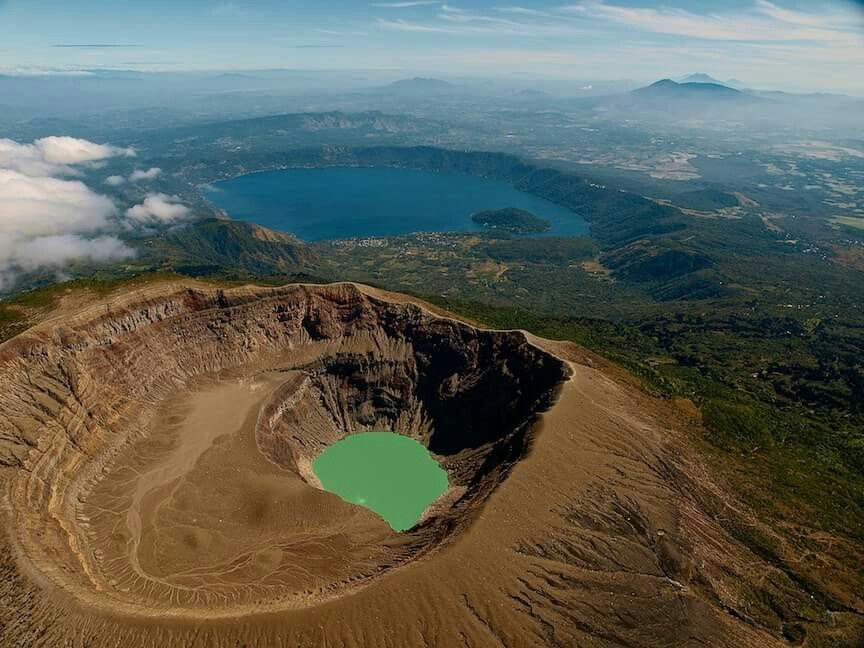
Campi Flegrei, Italy
There are two problems going on here. First, it’s a caldera that is feeling a tad restless. Second, it sits within an area with a population of 6 million. So if it suddenly goes BOOM, a whole lot of people are going to suffer the consequences. The last time it erupted was in 1538 and while it was relatively uneventful, it’s due for something big.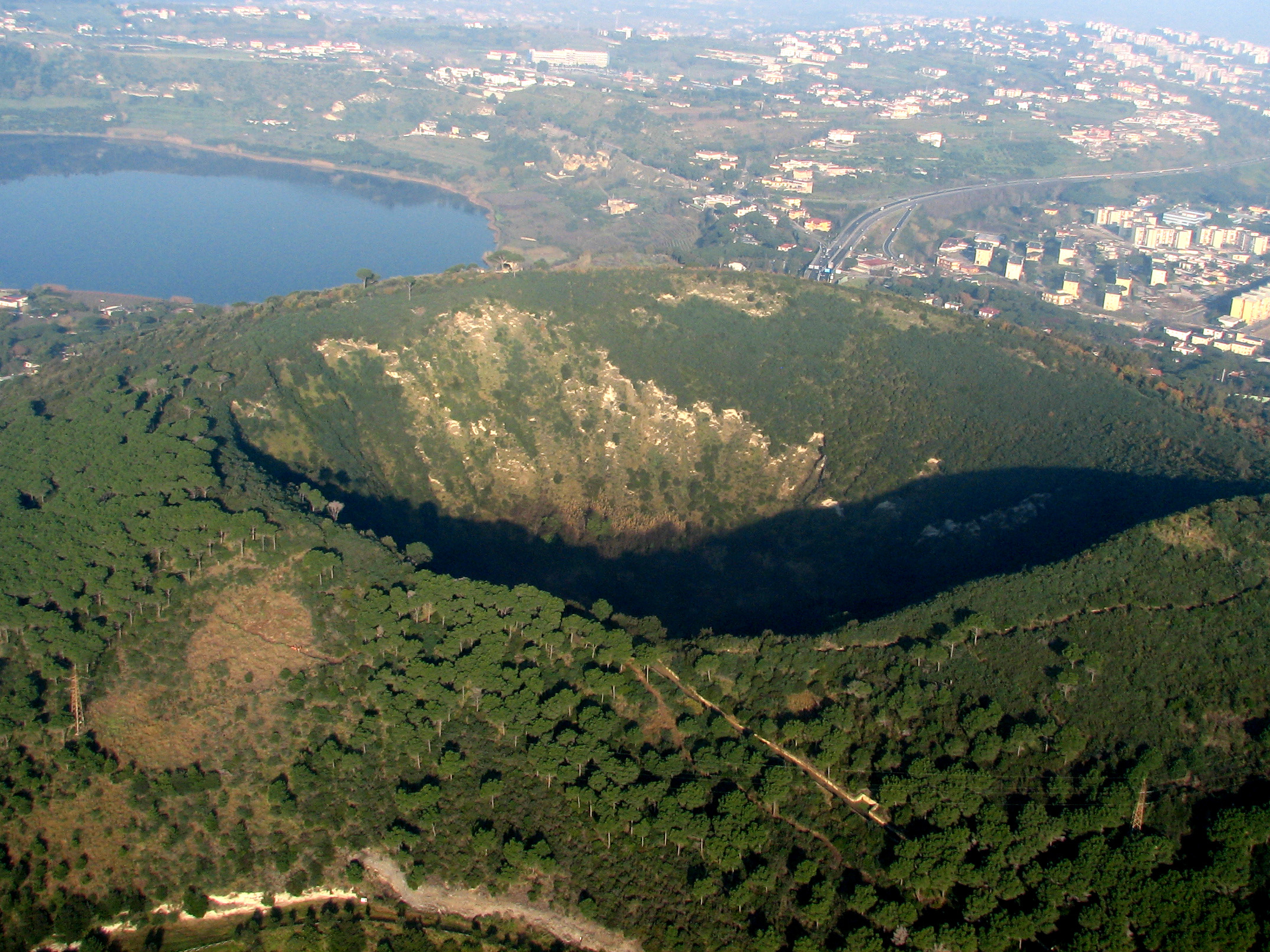
Mount Merapi, Indonesia
One of the most active volcanoes in the country, with the most recent eruption occurring on May 11, 2018. Pyroclastic flows are the real threat here, spewing toxic gasses into the air and potentially endearing the 24 million people who live in the surrounding area.
